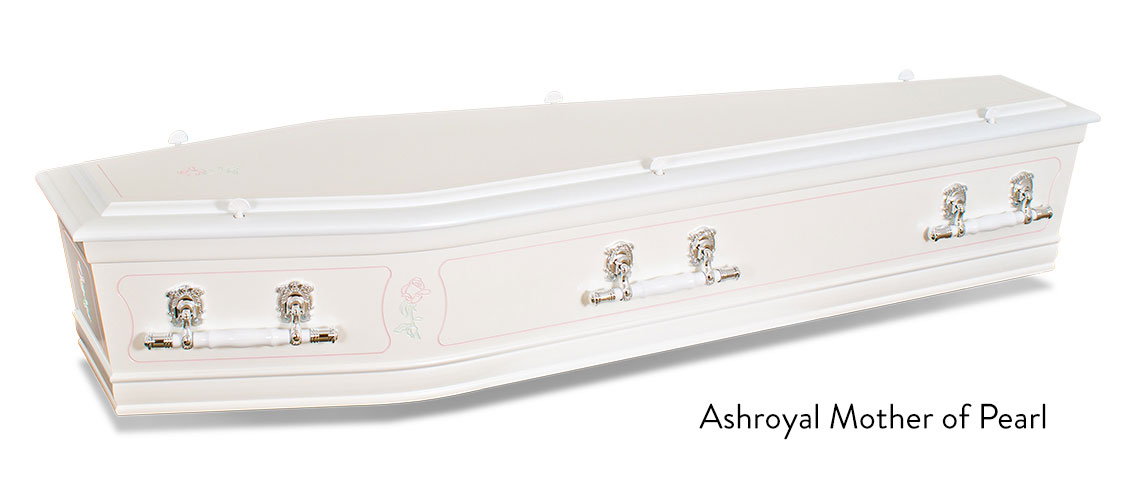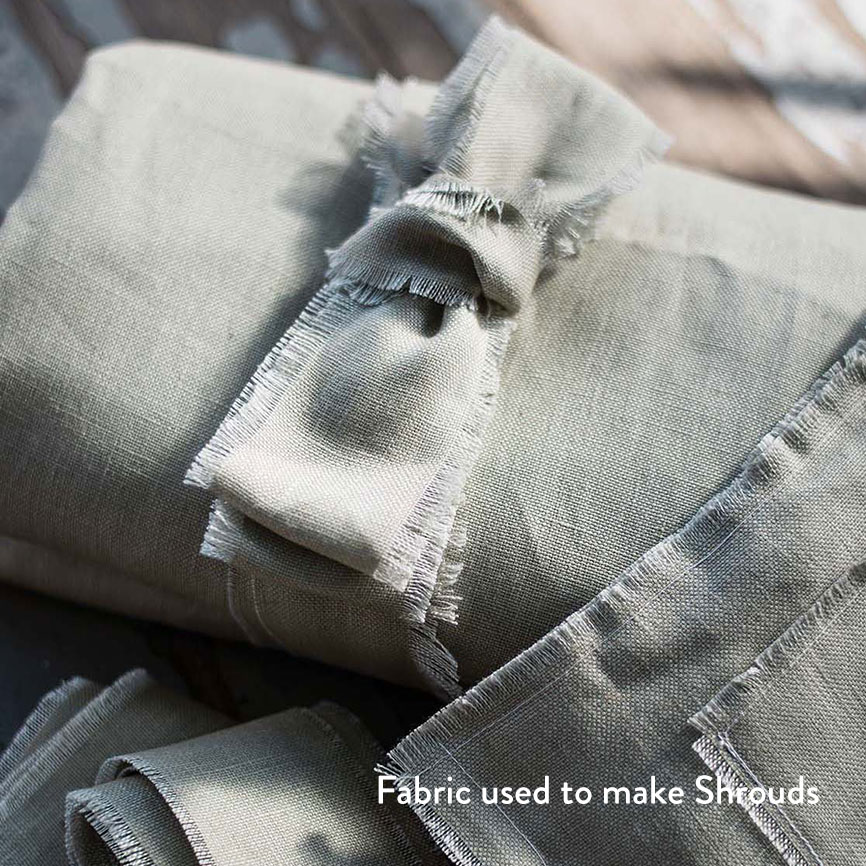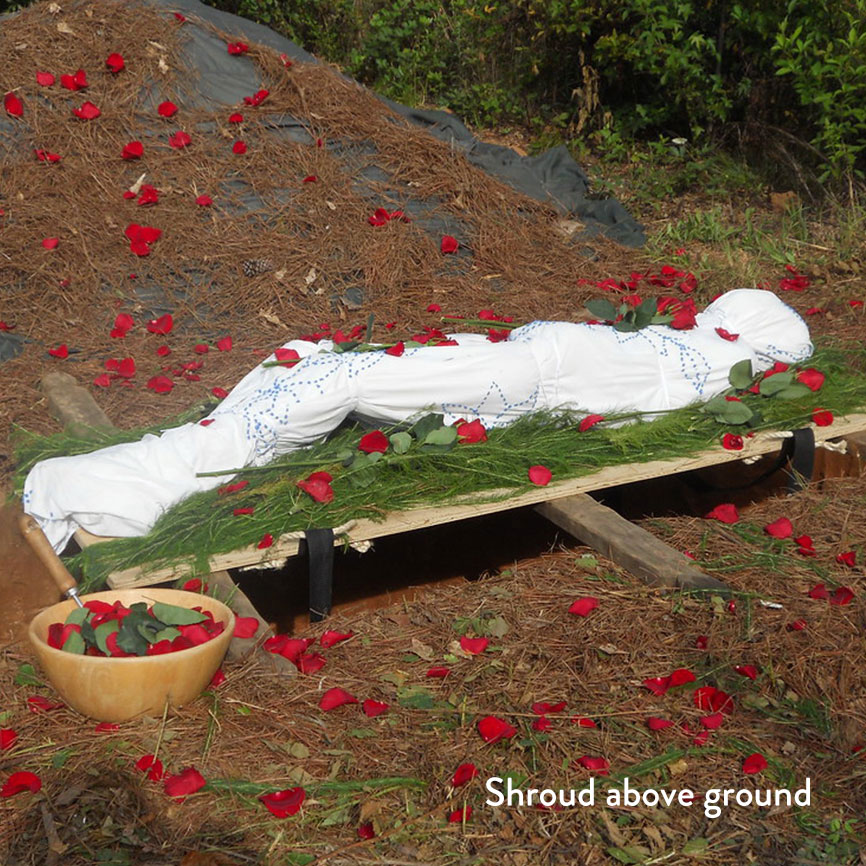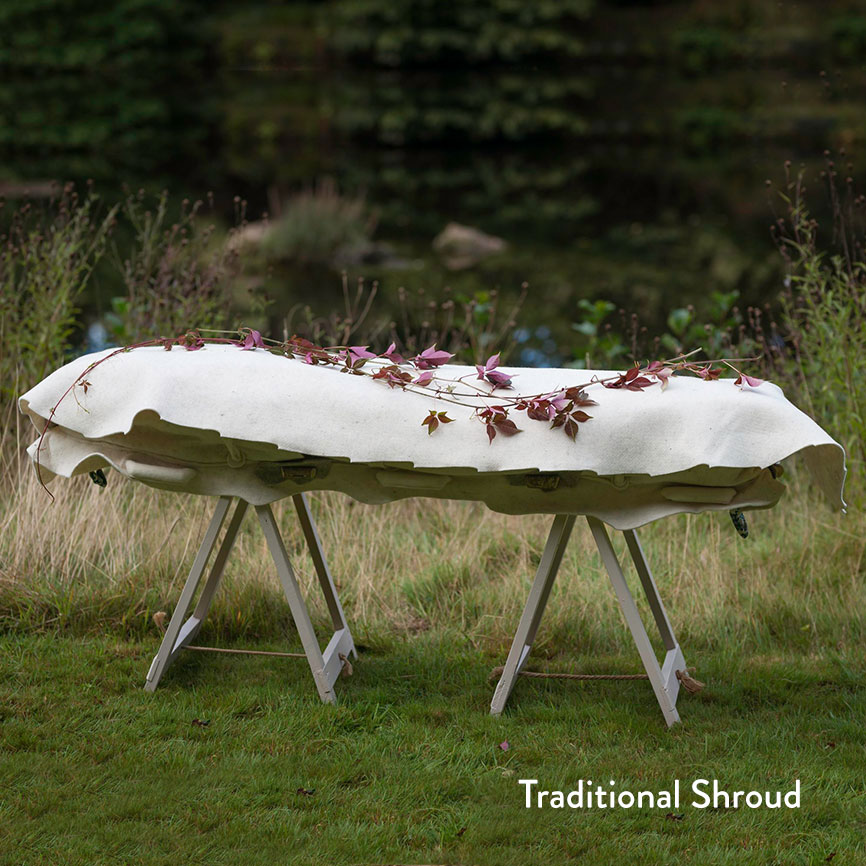The use of coffins can be traced back to ancient Egypt, where the pharaohs were buried in ornate sarcophagi. These coffins were often decorated with intricate carvings and paintings, and were seen as a symbol of the deceased’s wealth and status. In ancient Greece, coffins were typically made from terracotta or wood, and were often decorated with images of the deceased and scenes from their life.
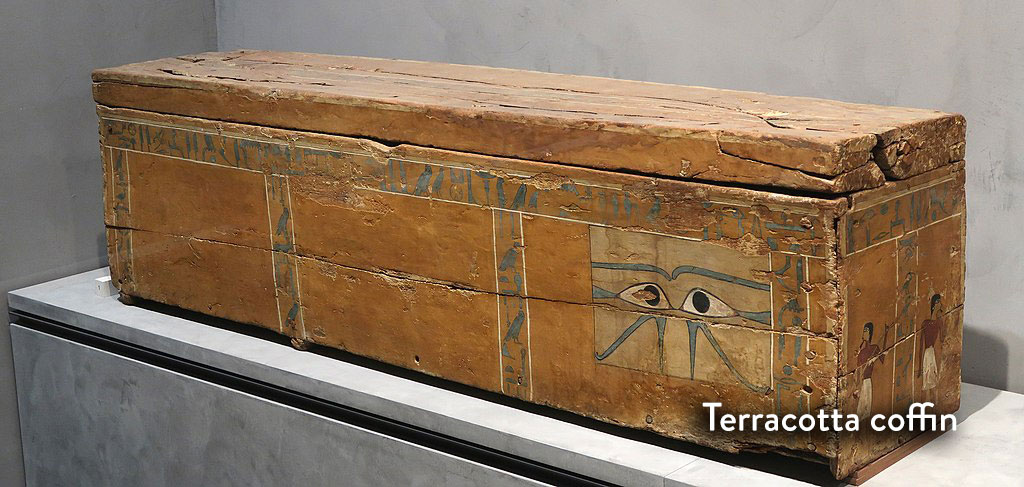
While the specifics of coffin design and construction have varied across different cultures and time periods, the underlying purpose of providing a final resting place for the deceased remains constant. Coffins have played an important role in funeral customs and practices throughout history, serving as a symbol of respect and dignity for the deceased, and providing comfort and closure for the living.

